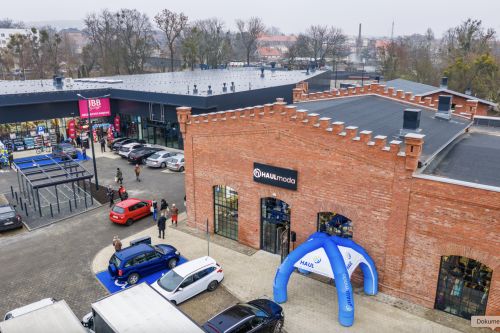With the vaccination programme now well underway, together with an economy reinvigorated by consumer spending, the resumption of tourism and the reopening of restaurants and many other services, the current circumstances should be ideal for the stock exchanges, especially given that interest rates are still very low. Despite all that good news, investors have begun to fret about the prospect of inflation, which is starting to take off in many parts of the world. In the US, consumer and industrial prices rose faster than expected in April, which immediately raised fears that The Fed could tighten monetary policy and even of a rise in interest rates. Although the situation is rather better in Europe (except for Poland and Hungary, where prices are rising fastest), people are still anxious about the risk of inflation.
Nevertheless, at the moment the US indexes are heading inexorably towards new heights (both the Dow Jones and the S&P 500 have risen for the last four months in a row),






























































